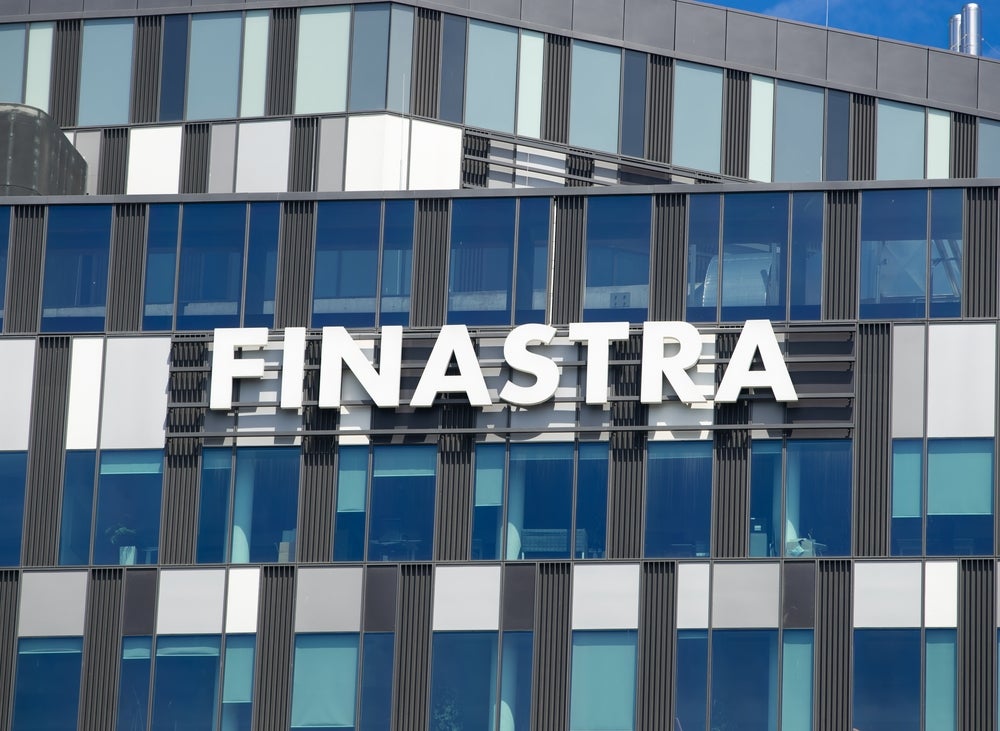
The Federal Deposit Insurance Corporation (FDIC), Office of the Comptroller of the Currency (OCC) and Federal Reserve are set to finalise liquidity rules for large banks in the US.
The trio of US banking regulators will conclude two rule-writing projects, which will ensure that the banks have enough liquidity during stress.
The two long-running rule-writing projects include the establishment of Net Stable Funding Ratio (NSFR) and raising standards on total loss-absorbing capacity (TLAC) debt.
NSFR rule
The NSFR rule-writing, which dates back to 2016, looks at long-term liquidity requirement for 20 banks with $100bn in consolidated assets.
It is the watchdogs’ final project for bringing their rules in line with the 2016 international Basel III standards.
Under this rule, based on assets, outstanding commitments, and derivatives exposure, banks are required to set aside enough money to cover for their needs for a year.
How well do you really know your competitors?
Access the most comprehensive Company Profiles on the market, powered by GlobalData. Save hours of research. Gain competitive edge.

Thank you!
Your download email will arrive shortly
Not ready to buy yet? Download a free sample
We are confident about the unique quality of our Company Profiles. However, we want you to make the most beneficial decision for your business, so we offer a free sample that you can download by submitting the below form
By GlobalDataReports emerged stating that some large banks need to aside $31bn to meet this standard. Most banks are already in compliance.
FDIC senior policy analyst Eric Schatten said that the rule “helps a banking organization align the stability of its funding sources with its funding needs based on the characteristics of its assets and commitments.
“This in turn strengthens the banking organization’s liquidity profile and reduces the risk of a funding disruption.”
However, setting aside additional capital can lead to treasury debt, and therefore the final rule has exempted such repurchase transactions.
The lenders have warned that this proposal may bring disorder in the treasury market, discoursing banks to trade in such securities.
TLAC debt rule
The TLAC debt must be issued by banks to enable quick access to equity during stress.
This rule urges big banks to not load up on debt from big banks, instead, it must be held to get instant access to cash during unprecedented times.
TLAC debt rule prevents large banks to buy huge amounts of debts from each other.
New rules
The FDIC, OCC and the Fed also proposed a new rule, which clarifies that informal regulatory guidance cannot be used to penalize banks.
The lobbying group Bank Policy Institute (BPI) said that such guidance should go through a formal rulemaking process.






